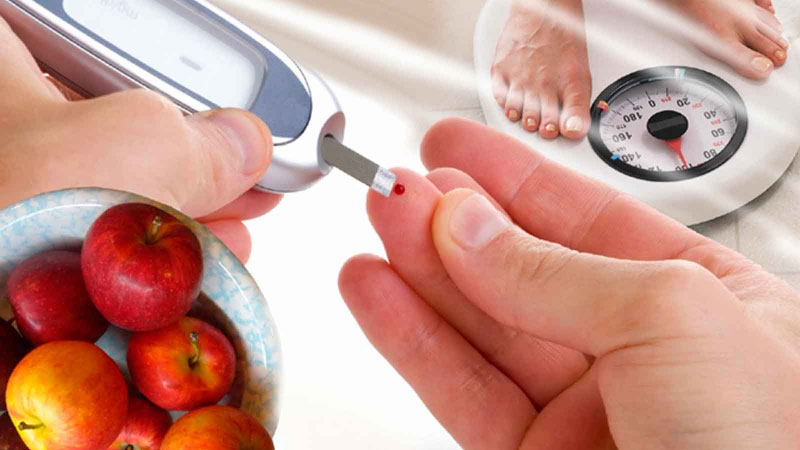Diabetes mellitus has long ceased to be a death sentence for the carriers of this insidious disease. Not the disease itself is dangerous, but its complications. There are various methods to minimize or completely neutralize the complications of diabetes mellitus. It is easier to do this when diabetes is determined in the early stages.
Any person can get diabetes mellitus. According to statistics from the World Health Organization (WHO), there is a steady increase in the number of patients with diabetes mellitus in the world. Unfortunately, diabetes is firmly among the top ten causes of death in the world. The diabetes disease lags behind cardiovascular disease and several types of cancer in terms of mortality. And in fact, these statistics can be significantly reduced. Diabetes can be overcome by managing it.
Symptoms of diabetes mellitus
As for diabetes, it has no symptoms by and large. There are no symptoms, especially in the early stages of the disease and in type 2 diabetes mellitus. For this reason, doctors call this type of disease "silent killers."
Thus, diabetes lasts for several years without symptoms, and many people do not even suspect their illness. They learn about it either accidentally in medical institutions, or when the first effects of diabetes appear. Thirst and frequent urination, weight loss, fatigue - all these are already complications of diabetes.
Get your blood tested regularly for diabetes. Because determining the level of glucose in the blood is the only way to determine whether you have diabetes or not. Sugar levels are easily determined by a medical device called a glucometer, which can be freely purchased from a pharmacy.
If your blood test resulted in an empty stomach glucose level of more than 7 mmol/l or at any time of the day after meals more than 11 mmol/l, you have diabetes.
First of all, it is enough to "just" not get fat. With a normal body weight, the risk of developing diabetes is much lower than with obesity.
Central obesity, the so-called "protruding stomach", is especially dangerous in this respect. The definition of central obesity is very simple. It is necessary to measure the waist circumference. In men, the sign of obesity is considered a waist circumference of 94 cm, in women - from 80 cm. Growth does not matter.
Second, pay attention to daily physical activity. A sedentary lifestyle leads to a decrease in the activity of cell receptors involved in the glucose absorption process.
Third, it is necessary to get enough sleep. The sleeping hours, which lower the level of sugar in the blood, is from 5 to 8 hours a day.
It is also important to quit smoking. Nicotine adversely affects cell receptors, making them insensitive to insulin. This makes the cells get less glucose, which remains in the blood.
So, the diagnosis is diabetes mellitus. It is necessary to move on to treatment. But first, let's consider what diabetes leads to if it is not treated or not diagnosed in time.
In case of high blood sugar levels, all types of metabolism are violated. Suffer primarily the organs that need a good blood supply. The so-called "target organs" of diabetes mellitus are the liver, skin, eyes, and heart. The impact on these organs leads to characteristic complications.
Treatment of diabetes mellitus.
Diabetes mellitus is incurable. The world has created many medicines for diabetes, affecting blood glucose levels. However, it is wrong to rely only on medication. Effective treatment is achieved by a set of measures related to lifestyle changes. Plus, of course, medications are needed.
The purpose of diabetes mellitus treatment is to keep normal glucose readings in the blood without allowing either high or low values. The secret in the fight against diabetes is a combination of three basic rules. These are proper nutrition, physical activity and medicines.
Bless you!!!



